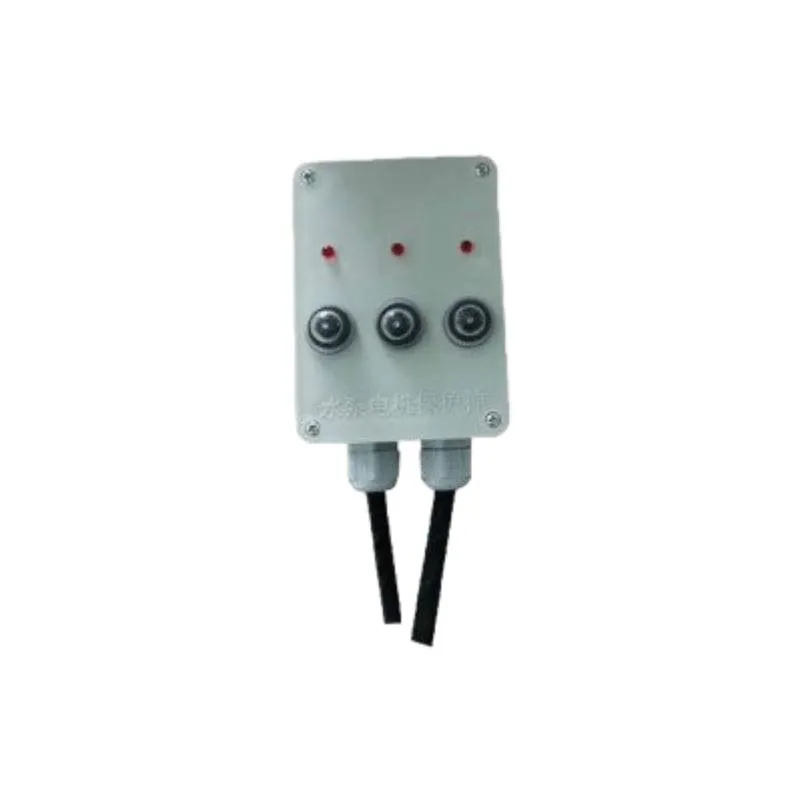Thermal Insulation Tape for High Temperature Applications
In a world increasingly focused on energy efficiency and sustainability, thermal insulation has emerged as a crucial element across various industries. One of the most effective solutions for managing heat loss or gain is thermal insulation tape, particularly in high-temperature environments. This specialized tape plays a significant role in ensuring machinery, piping, and electrical components operate efficiently while minimizing energy waste and protecting against thermal damage.
Understanding Thermal Insulation Tape
Thermal insulation tape is designed to withstand high temperatures without degrading or losing its insulating properties. Typically made from materials such as silicone, fiberglass, or other heat-resistant compounds, this tape features a strong adhesive backing that adheres to a variety of surfaces. Its primary function is to reduce heat transfer, making it ideal for applications where maintaining a specific temperature is critical.
Applications of High-Temperature Thermal Insulation Tape
1. Industrial Machinery Many industrial processes generate significant heat. Thermal insulation tape can be used on pipes, valves, and machinery surfaces to keep that heat where it’s needed, thereby improving overall efficiency. This not only reduces energy consumption but also minimizes the risk of heat-related damage to equipment.
2. Electrical Components In electrical systems, excessive heat can be detrimental. Thermal insulation tape is used to wrap wires and cables, protecting them from heat produced by adjacent components. This can prevent electrical malfunctions and prolong the life of the equipment.
3. HVAC Systems Heating, ventilation, and air conditioning (HVAC) systems often need insulation to keep hot air contained and prevent energy loss. Thermal insulation tape provides an easy solution for sealing joints and ducts, ensuring that the system operates at peak efficiency while reducing utility costs.
thermal insulation tape high temperature

4. Automotive Applications The automotive industry also benefits from high-temperature thermal insulation tape. It’s commonly used in exhaust systems, heat shields, and engine components to protect sensitive parts from extreme temperatures and to enhance overall vehicle performance.
5. Aerospace and Aviation In aviation, where temperatures can fluctuate dramatically, thermal insulation tape is crucial for protecting various components from thermal damage. It ensures reliability and safety in aerospace applications, making it a preferred choice amongst manufacturers.
Benefits of Using High-Temperature Thermal Insulation Tape
The advantages of using thermal insulation tape in high-temperature applications are numerous. First and foremost, it provides excellent thermal resistance, which is critical for maintaining performance and safety standards in various industries. Additionally, it is easy to apply; the roll format allows for quick and precise application, and its flexible nature means it can conform to uneven surfaces.
Moreover, this insulation tape can often withstand temperature ranges that other materials cannot, ensuring it remains effective in extreme conditions. This longevity contributes significantly to maintenance reduction and cost savings over time, making it a smart investment for businesses looking to improve their operations.
Conclusion
Thermal insulation tape for high temperature applications represents a vital tool in the contemporary landscape of energy efficiency and operational safety. Whether in industrial settings, automotive applications, or high-tech industries like aerospace, the benefits of using high-quality thermal insulation tape are clear reduced energy consumption, enhanced equipment longevity, and improved safety standards. As industries continue to face growing pressure to manage resources wisely, products such as high-temperature thermal insulation tape will play an essential role in driving efficiency and sustainability forward. As technology evolves, so too will the innovations in materials and applications, promising even greater advancements in thermal insulation solutions.
-
The Versatility of Cloth Insulation TapeNewsApr.07,2025
-
The Power of Self Amalgamating Silicone TapeNewsApr.07,2025
-
The Importance of Weatherstrip Seal: Your Ultimate Protection SolutionNewsApr.07,2025
-
Tape Electrical Insulation: A Reliable Solution for Your Electrical NeedsNewsApr.07,2025
-
Discover the Wonders of Electrical Splicing TapeNewsApr.07,2025
-
Discover the Versatility of PVC Electrical TapeNewsApr.07,2025
